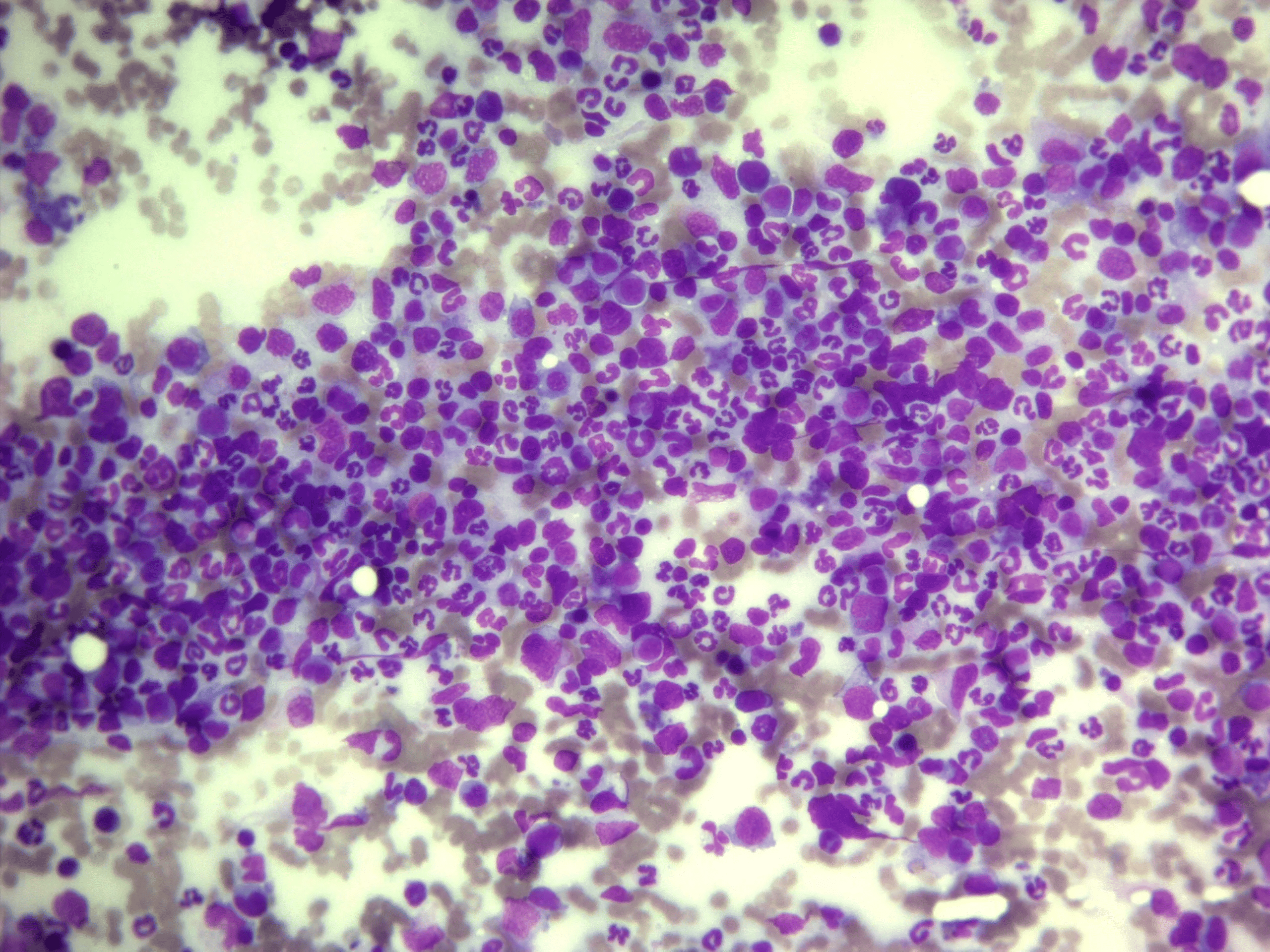Severe anemia and neutrophilic leukocytosis resembling Sweet’s syndrome in a dog
DOI:
https://doi.org/10.24070/bjvp.1983-0246.v16i3p219-224Keywords:
anemia, blood transfusion, malignancy, neutrophilic dermatosisAbstract
Sweet’s syndrome is a rare inflammatory condition characterized by the presence of neutrophilic infiltrate of the skin. We describe a case of severe anemia and neutrophilia with post-mortem findings resembling Sweet’s syndrome in a five-years-old female Labrador Retriever with bilateral epistaxis, hematemesis, hyporexia, pale oral mucosa, and fever. Laboratory analysis evidenced severe unresponsive anemia, thrombocytopenia, and leukocytosis. Biochemistry showed hypoalbuminemia and increased ALT and SAP activities. The patient was transfused and received doxycycline and prednisone for one week without improvement. Two further blood transfusions were administered. Bone marrow analysis showed a mild erythroid hypoplasia, granulocytic hyperplasia, myeloid to erythroid ratio of 6.01:1 (reference: 0.9:1 – 1.76:1) without dysplasia, mild megakaryocytic hyperplasia, and increased iron stores. Macrophages were slightly increased in number with erythrophagocytosis, and immune-mediated anemia was considered. Immunosuppressive treatment was prescribed to reduce red blood cell destruction, but no improvement after one week was observed, and euthanasia was performed. Necroscopic findings resembled those described for the systemic form of Sweet’s Syndrome. Bone marrow histopathology showed remarkably increased granulopoiesis and destruction of platelets and erythrocytes. Sweet’s syndrome is frequently associated with hematologic malignancy or drug exposure. Leukemia was excluded after bone marrow analysis because no increase in blast population was seen as well as no signs of dysplasia. Previous treatment could be related to the development of Sweet’s syndrome, which might be the primary event. Although rare, this syndrome should be considered in the differential diagnosis of dermatosis and leukocytosis when infectious agents are not identified.


